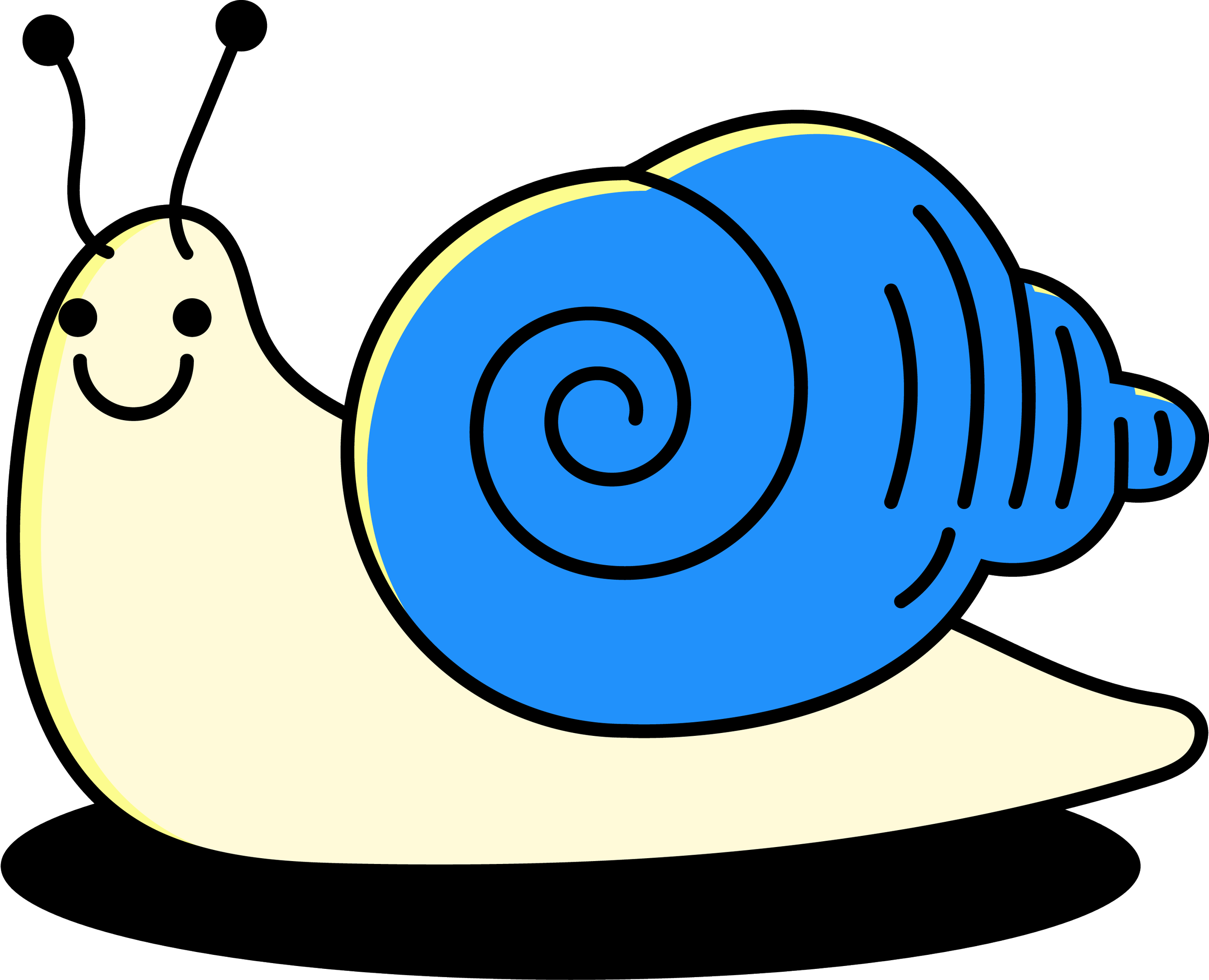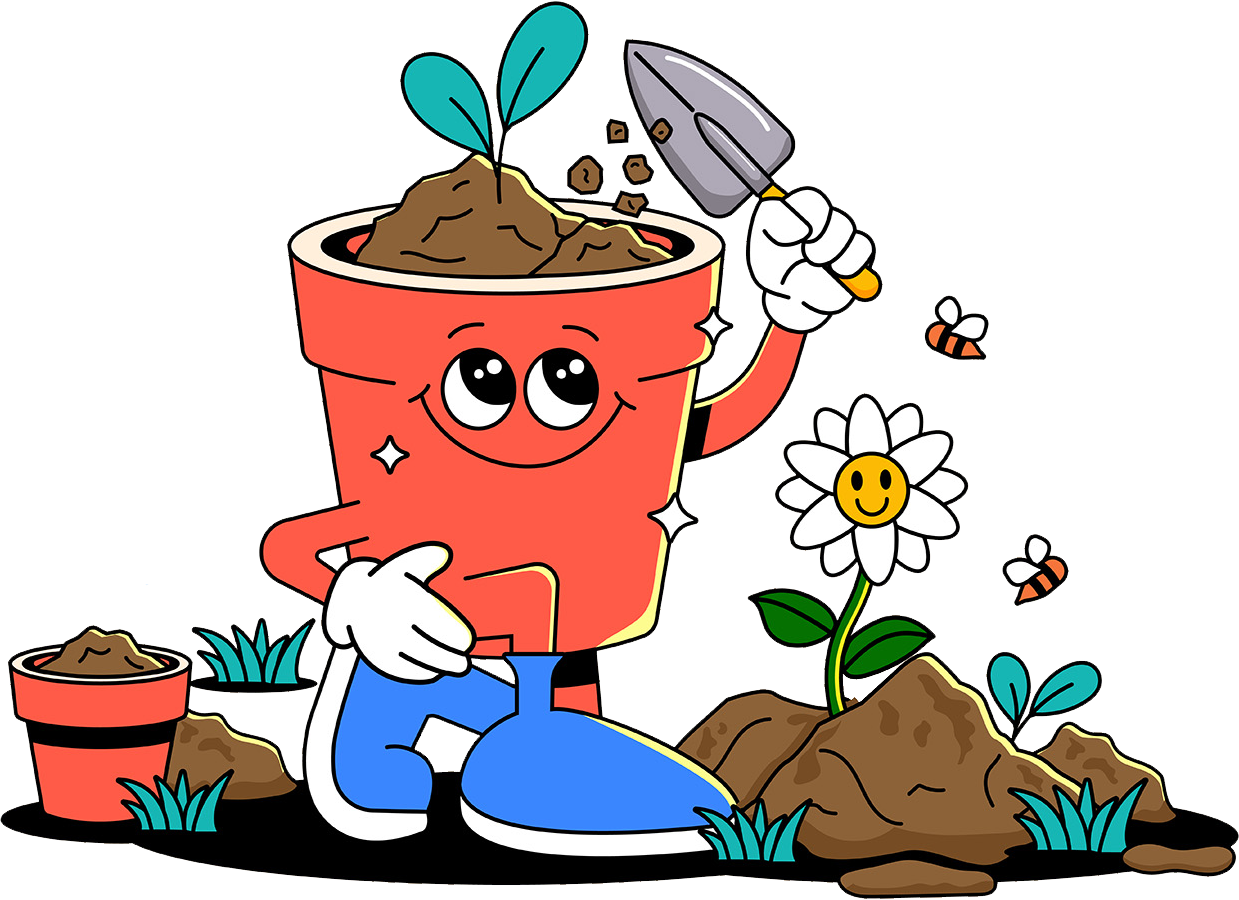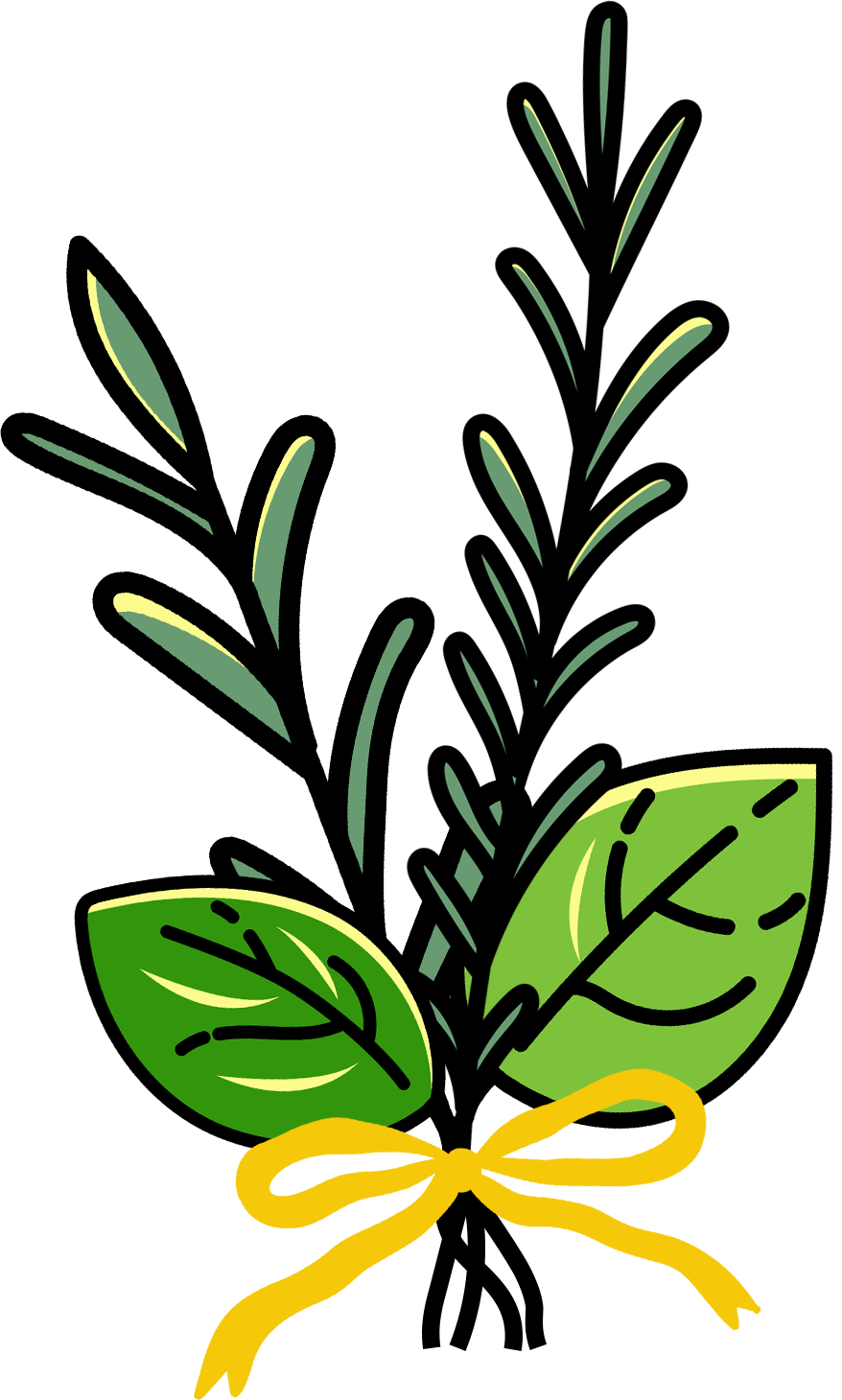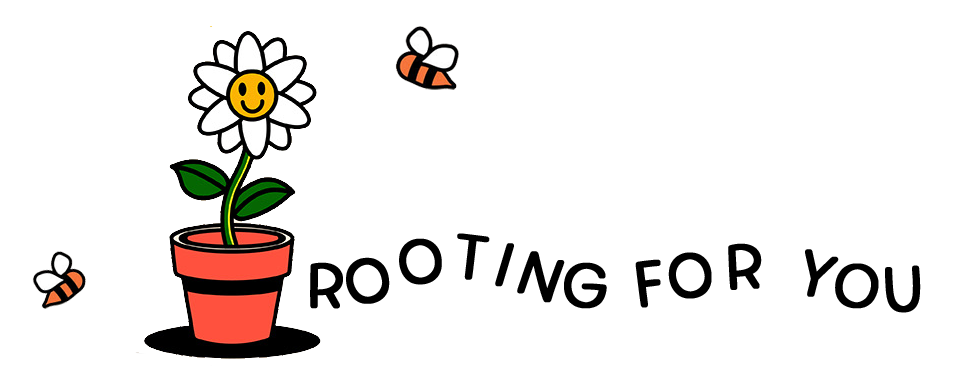Lavender
FULL SUN
6+ hours of direct sunlight daily
☼ A total sun lover ☼
Lavender does not respond well to low light! Without enough sun, it will get leggy and pale, produce fewer flowers, and will not be as fragrant.
When it comes to high heat or harsh sun, lavender should still thrive! However, if it is hot and humid, it could be at risk of fungal issues.
Keep soil dry
This is a drought-tolerant plant
Give it a thorough soak and then let the soil dry out completely between waterings. Overwatering lavender is the biggest no-no. It prefers living on the drier side.
Lavender prefers low humidity.
Indoor humidity is usually fine as long as it has good airflow. Keep lavender out of humid conditions and try to water at the base of the plant to avoid wetting its leaves.
soil needs
Lavender digs a gritty, fast-draining mix that dries out quickly and stays on the drier side.
When choosing a potting mix for lavender, look for mixes that include:
ᯓ Pumice ᯓ
Helps with drainage while holding onto a bit of moisture.
ᯓ Perlite or Coarse Sand ᯓ
Improves drainage and prevents waterlogging.
Harvesting
You can start harvesting your lavender when about half the buds on each stalk are open. This ensures you are harvesting for the best scent!
It is important to trim lavender after its bloom, whether you plan to use it or not. Avoiding this pruning stage can result in woody, leggy stems.
⊹ Use Clean Scissors or Fingers ⊹
Always use sanitized scissors or pinch off stems with clean hands to prevent spreading germs.
⊹ Identify the Pruning Spot ⊹
Avoid cutting from the woody base. Lavender can be slow to regrow from old wood.
Trim only the soft, green growth into a rounded mound. Tap here for a diagram!
⊹ Drying Flowers ⊹
Bundle & Hang: Gather small bundles of 8 to 10 stems and tie them with twine or a rubber band.
Hang Upside Down: Choose a cool, dark, well-ventilated spot. Let them dry for about 1 to 2 weeks (until the buds are crisp and crumble easily when pinched).
Common Issues
-
A sign of overwatering. Soil that has been overwatered can lead to root rot.
Remove affected leaves. Cut back on waterings.
If issue persists or you suspect root rot: remove from pot, trim away dead, mushy roots, and repot in fresh soil.
Remember lavender loves sunny and dry!
-
Likely due to not enough sunlight.
Lavender naturally gets woody at the base as it matures.
However, if you notice your lavender is excessively woody or looking leggy, try moving it to a sunnier spot.
Bonus tip: make sure to trim lavender after it blooms. Focusing on soft, green growth - not the woody stems. This helps redirect the plant’s energy into fresh growth.
-
Time for a thorough check! This can be caused by overwatering, underwatering, extreme heat or not enough sunlight.
Remember, lavender wants to be kept dry! If the soil is moist, cut back on the watering and make sure it is in full sun.
If the soil is bone dry and in full sun, try giving it a thorough soak to help perk it back up.
Some afternoon shade may be helpful if you are experiencing a heat wave.
-
A sign of a fungal issue due to high humidity conditions or poor airflow.
Remove affected areas.
Give your lavender some more breathing room. Trim away dense, crowded growth and make sure to not crowd with other plants.
Avoid getting the leaves wet! Water at the base of the plant.
Sometimes issues can be the result of a pest infestation. Make sure to watch out for these creepy crawlers:
𖢥 Aphids
NOT Pet Safe
Lavender can be mildly toxic to pets if ingested. If you have pets, keep this herb out of their reach.












